Search Results for 'Castlebar workhouse'
7 results found.
Castlebar Fever Hospital – a vanished memorial to culpable indifference
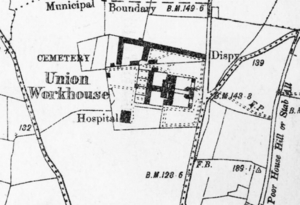
Castlebar Fever Hospital was the first structure demolished in 1965 when works on what would become the Sacred Heart Hospital commenced. The Fever Hospital and the Workhouse that shadowed it are at the top of the list of former public spaces in Castlebar with a dark and terrible history.
The long dark shadow
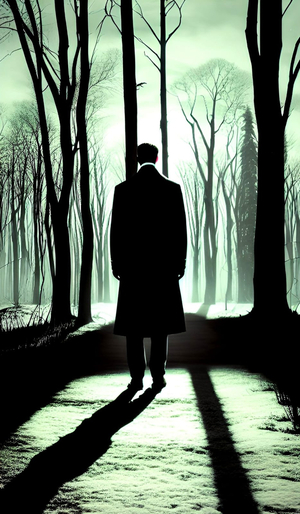
Private James Barry was posted as a sentry at the barrack gate in Castlebar on the night of 13 May 1830. When darkness descended, he tied a long handkerchief to the trigger of his musket. He then tied the other end to the gate bolt, put the muzzle to his chest and stepped backwards. The shot passed through his heart and exited through his spine. The inquest found Barry suffered from temporary insanity occasioned by 'fatal love'.
The Great Gathering of Donkeys – Castlebar Workhouse, 1848
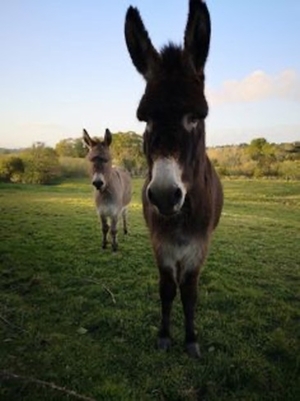
On the morning of 30 June 1848, word spread quickly of a large movement of people from the direction of Balla towards Castlebar. The newspapermen who went to view the procession recorded that numerous donkeys accompanied the multitude.
Boarded-Out Children

Sarah Shaughnessy was ten years old when she gave evidence and allowed herself to be subjected to cross-examination in the trial of William and Margaret Roche at Castlebar Petty Sessions on 14 June 1916. The case is remarkable for Sarah's courage and the insights it gives us into the system of boarding out workhouse children.
Register of Births and Deaths – Castlebar fraud
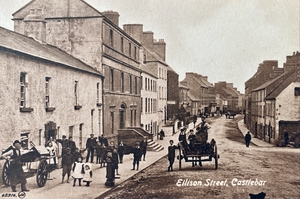
In 1862 a Poor Law Inquiry was held at Castlebar into two serious allegations against Dr John Carter Barrett, Medical Officer at Castlebar Workhouse. Workhouse inmate Mary Howard alleged that Barrett had unlawful sexual intercourse with her.
When there is no one left to remember - Gallows Hill and Aughadrina
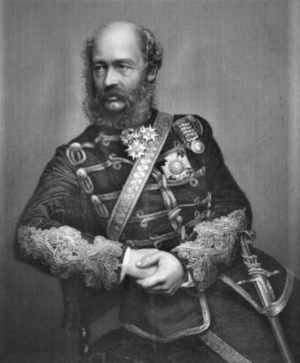
On a Sunday in March 1847, John Hogan, Secretary of the Castlebar Evangelical Relief Committee, was walking on Gallows Hill, Castlebar, when he was drawn into a cabin.
Mayo's Bon Secours inmates
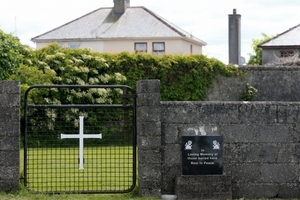
In a little under five years time, Ireland will roll out the red commemoration carpets for a year long celebration to mark the centenary of the Irish Free State. In the decades preceding the independent state, unionist politicians and their constituents vigorously, and even militantly, opposed any form of self-determination for Ireland as they believed Home Rule under a Catholic majority would mean Rome rule. The fears of those unionists were realised. The Free State, like the British state before it, inadequately supervised Catholic institutions tasked with caring for sections of Irish society and thereby put at risk the very children of the nation that independence was destined to cherish. The Free State's successors were equally culpable of neglect as each fed its own citizens to an ultra conservative, practically unregulated, system of 250 Church-run industrial schools, reformatories, orphanages, hostels and homes from the 1920s up until the 1990s. Since the 1990s, criminal cases and inquiries have established that thousands of children were abused by hundreds of priests and several Catholic religious orders were found to have participated in or concealed child abuse.

